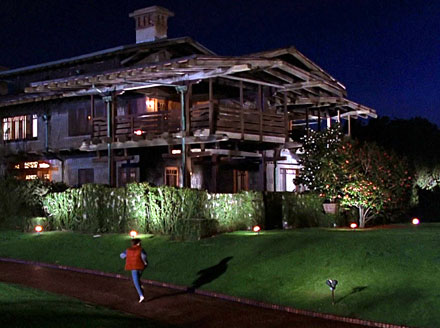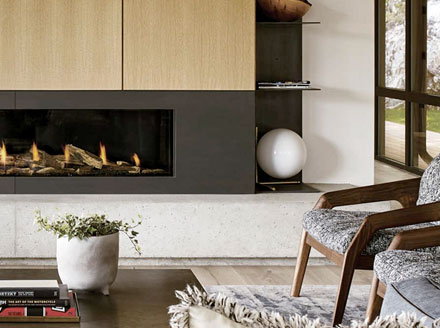Share This Post:

Image Credit: Ryan McGuire
How Much For A Set Of Plans?
How Much For A Set Of Plans?
ARCHITECTURE | Carolyn Feinstein | April 29, 2020
ARCHITECTURE | Carolyn Feinstein
April 29, 2020
I only need an egg timer before a potential client asks, "How much for a set of plans?" Slow down chief, you haven't even bought me dinner yet. This is a loaded question with an infinite number of answers and big red flag. Around here, if the second question from a prospective client involves costs, they are often searching for a full construction set for a bargain basement price.
Architectural firms can bill a few different ways, but the approach we have found to be fairest to both us and our clientele is an hourly rate billed in 15 minute increments. The client is only charged for the time we spend working on their project, compared to a percentage base or a flat fee.
Flat fees never made sense to me. What if I charge a client that makes 50 changes the same fee as someone who wants 2? And as for percentages, yes, that is an approach with solid income potential for the architect. However, is it ethical for me to make more money from a client that wants a Venetian plaster finish compared to someone who just wants primed drywall? When it all shakes out, charging on an hourly basis gets me paid for the time I have put into the project and gives the client the control and freedom to know where charges stand at any point in time.

Image Credit: Chrissie Kremer
As for answering the "how much" question right out of the gate, this isn't a thrift store. I need details; How big is the house? What style? Is it a green build, metal building, 2x4 stick? Do you have any idea of what you want it to look like or am I dreaming this up from scratch? It's all imperative insight in order to give the client a fair, and as accurate as possible, estimate for the cost of services. And then there is the struggle to fight the misconception that small houses are somehow faster to design than a house with a more square footage. Planting 12 trees on a one-acre lot provides a lot more options than trying to fit them all into a single flowerbed.
I had a client that wanted a kitchen remodel, something I would consider a relatively small project. After a thoughtfully drafted design (which was absolutely killer by the way), she said, "That's lovely, but let's try something else." Back to square one. We got the creative juices flowing and came up with a second, completely unique design. Her reaction? "What if we flipped it around and added this and that." Okay, take three. This continued for a total of 6 designs. She was happy with all of them, but continually wanted to explore what could have been. Had I agreed to do this project for a flat fee, I would have exceeded my budget by round 2. This client was perfectly happy to continue to shell out funds to explore new ideas, and because I consider the initial design of a project the most exciting part, I was happy to see how many configurations I could conjure up in a single, preset space.
Fast forward a couple of years, and I have a client that wants a 5,000 SF modern home on a hillside. We draft up an organic modern concept that would impress Frank Lloyd Wright. The client signs off with only a single, minor change. Nailed it.

Image Credit: Ryan McGuire
Don't overcommit when quoting an estimate to a client. It leaves you exposed to the unknown, and can lead to embarrassment, broken promises, and lost profits. I can try to anticipate the whims and desires of a client to estimate the time necessary to complete a set of plans, but there will always be changes. We have to ensure our clients can come into the engagements with reasonable expectations of cost and time, while simultaneously making sure we are charging enough to cover our costs and grow our business without being greedy.
So how much for a set of plans? Let's talk.








